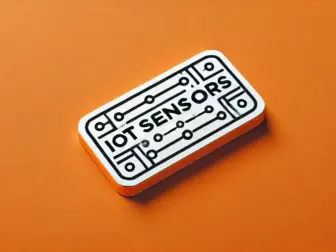Tag - IoT Gateways
The Role of IoT Gateways in Connecting Devices and Enabling Smart Solutions
IoT gateways play a crucial role in enabling the communication between devices and the cloud in an Internet of Things (IoT) ecosystem. These devices act as a bridge by collecting data from connected sensors and transmitting it to the cloud for processing and analysis. The gateway serves as a centralized point for managing and controlling data flow, ensuring seamless connectivity and communication among various devices.
One of the key functions of IoT gateways is to provide protocol translation and data filtering capabilities. As IoT devices often use different communication protocols and standards, the gateway acts as a translator, converting data into a common format that can be easily understood by other devices and the cloud. This ensures interoperability and seamless integration of devices from different manufacturers or vendors.
Furthermore, IoT gateways enhance security by serving as a firewall between devices and the cloud, protecting sensitive data from unauthorized access or cyber threats. They implement encryption and authentication mechanisms to secure data transmission and ensure the integrity of communication channels. Additionally, gateways can store and process data locally, reducing latency and improving response times for critical applications.
IoT gateways also enable edge computing capabilities, allowing data processing and analysis to be performed closer to the source of data. This reduces the reliance on cloud servers for processing and enables real-time analytics and decision-making at the edge of the network. By offloading processing tasks to the gateway, latency issues can be minimized, and bandwidth usage can be optimized, leading to improved system performance and efficiency.
Moreover, IoT gateways facilitate remote device management and monitoring, providing administrators with centralized control and visibility over connected devices. They enable over-the-air updates and firmware upgrades, allowing for seamless maintenance and scalability of IoT deployments. With advanced management features, administrators can remotely configure settings, troubleshoot issues, and monitor device performance in real-time.
In conclusion, IoT gateways play a crucial role in enabling the seamless connectivity and communication of devices in an IoT ecosystem. They provide protocol translation, data filtering, security, edge computing, and remote management capabilities, essential for building smart and scalable IoT solutions. By serving as a bridge between devices and the cloud, IoT gateways help organizations leverage the full potential of IoT technologies and drive innovation across various industries.

